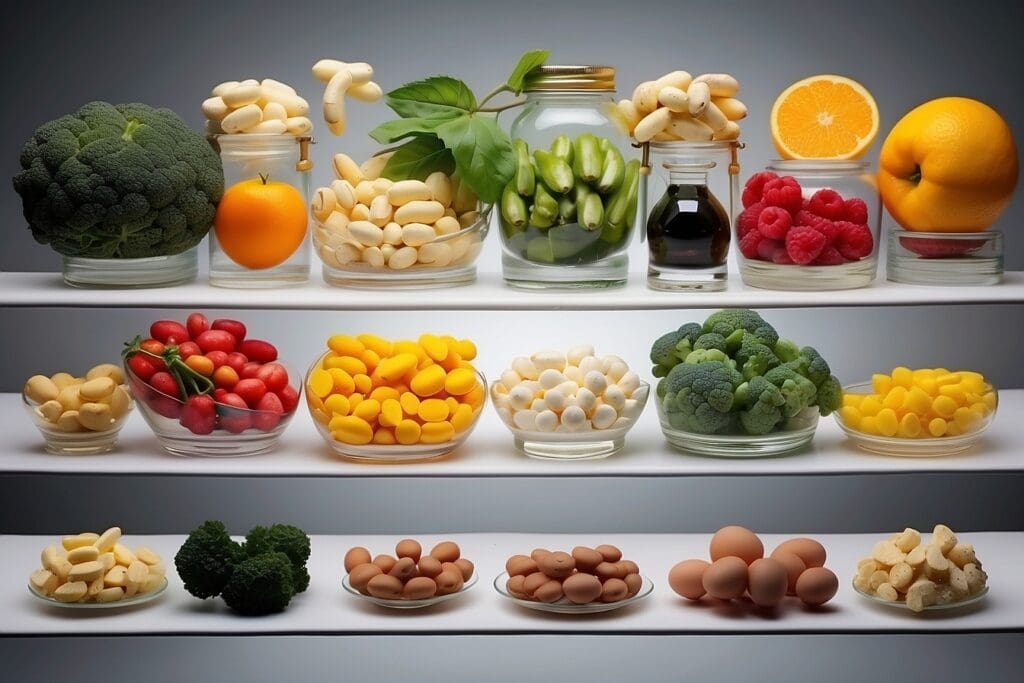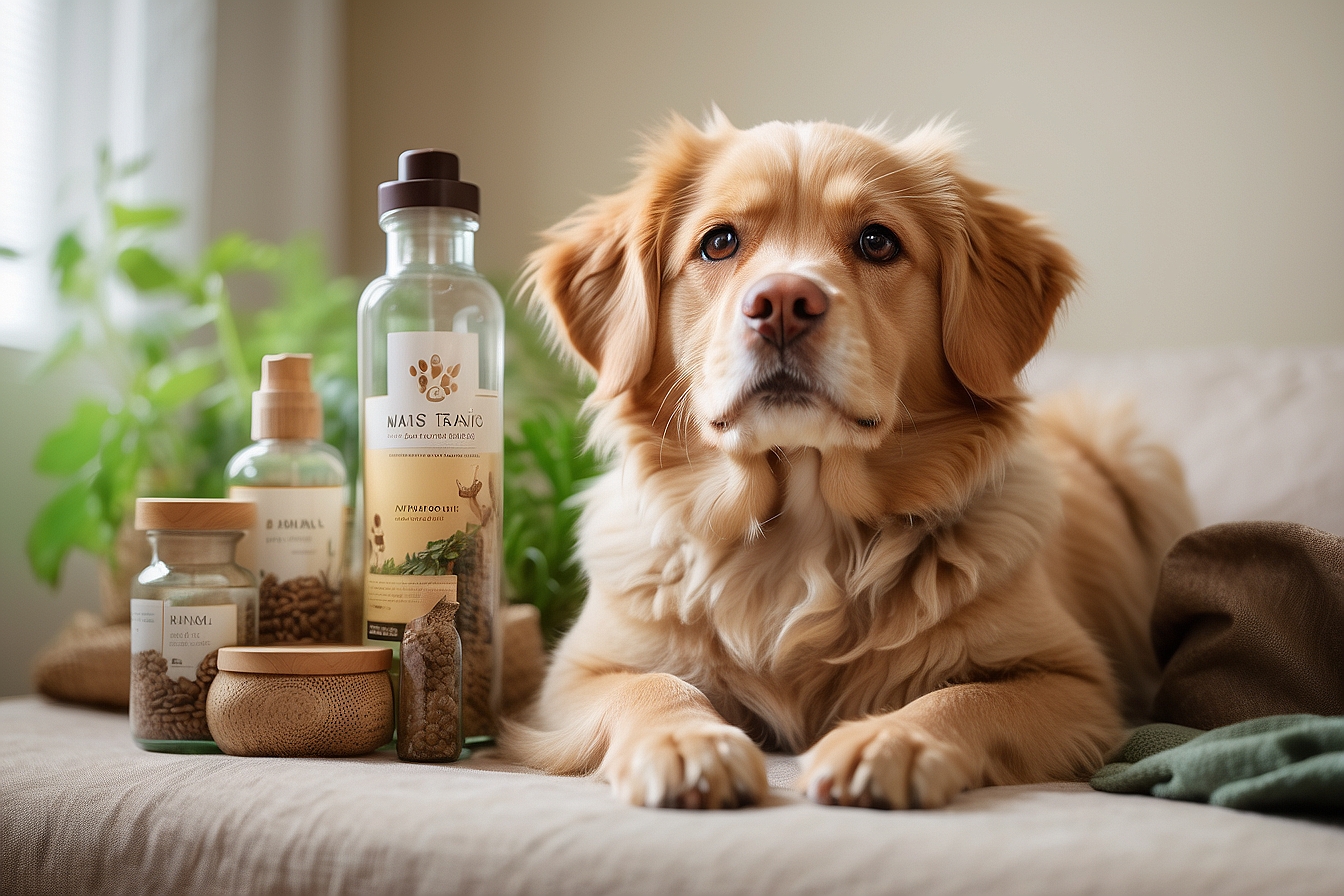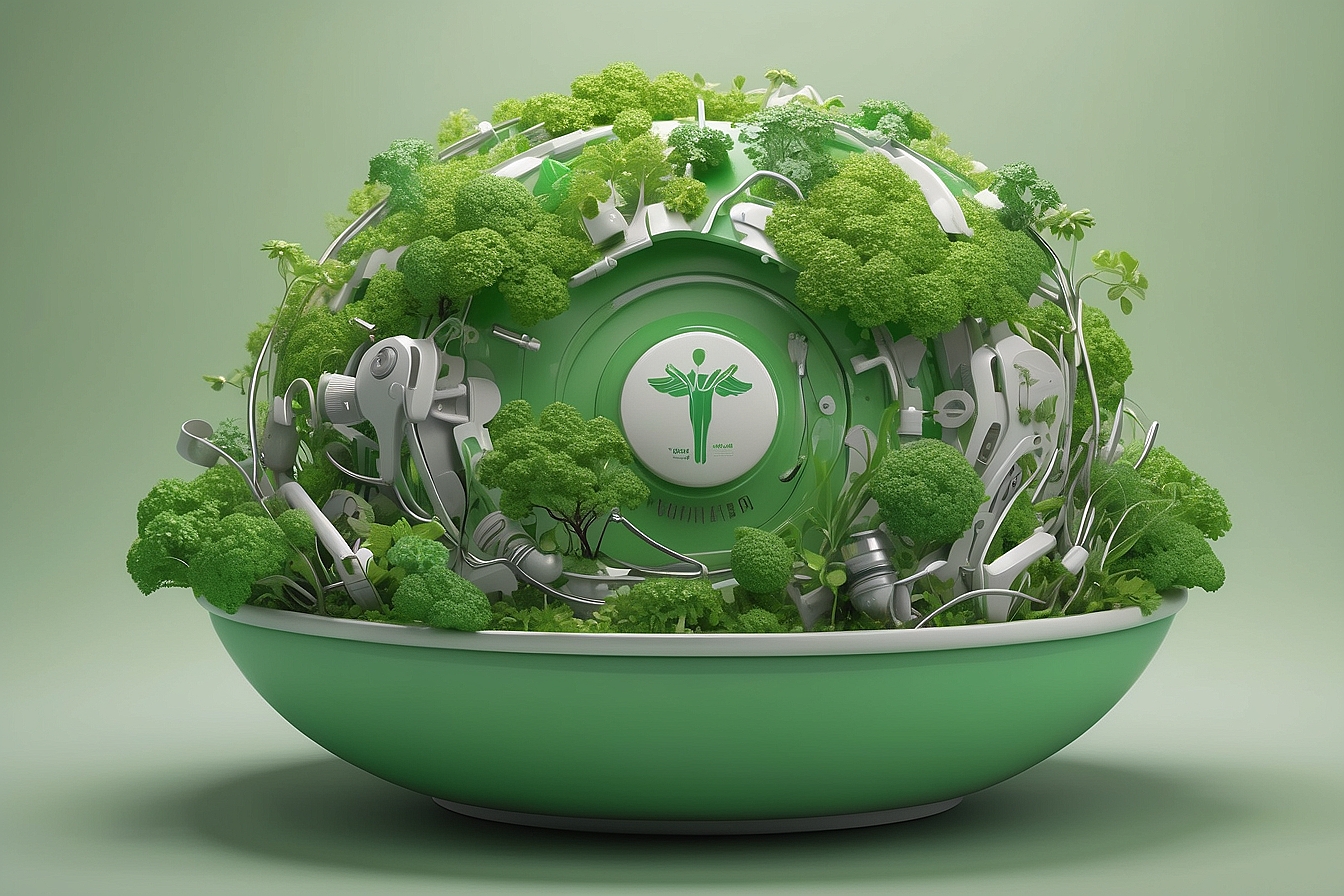I have memories of eating Flintstone vitamins like candy when I was younger. I knew that I was only supposed to have one per day, but still, they tasted like Sweet Tarts and I couldn’t resist. Now, I take a scarily large, daily multivitamin made specifically for women. However, I often find myself wondering whether or not I truly need to be taking a multivitamin. Am I already getting the nutrients my body needs from my diet? If that’s the case, does taking a multivitamin on top of that harm me in any way? As I began to research, I found that there is actually a great deal of research that discourages the use of supplemental vitamins.
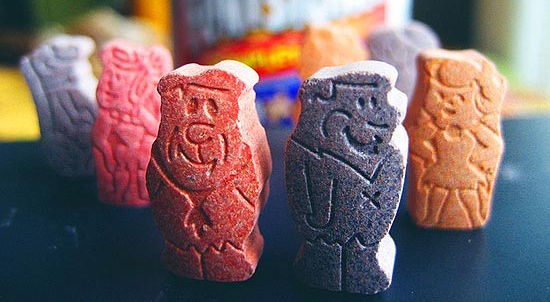 i
i
The History of Vitamins
About 60 million years ago, our ancestors lost the ability to produce their own vitamin C. This loss coincided with the beginning of hunter-gatherer ancestors that instead began to receive their vitamins via their food—in the case of vitamin C, fruit. This hunter-gatherer diet of meat and plants made up for the fact that our bodies no longer produced vitamins.1 However, as humans became more dependent on starches, such as wheat and corn, our diet became vitamin-deficient.
During the mid-1800s, manufacturers started to use steam-powered mills to process rice. This process, however, removed rice’s vitamin-rich outer layer, which contains vitamin B1.2 In fact, the name “vitamin” comes from this processed rice in the 1880s. During this period, the disease beriberi was common. Beriberi caused people to lose feeling in their legs, making it difficult for them to walk. Scientist Christiaan Eijkman discovered that a group of chickens had developed beriberi because they had been fed processed rice. When they were fed unprocessed rice, the symptoms went away, showing that the outer layer of rice must contain something very important to overall health. Biochemist Casimir Funk referred to this very important something as a “vital amine,” which was later shortened to “vitamin.”3
The Vitamin Debate
Currently, multivitamin and mineral supplements are a $12.5 billion industry annually in the United States alone.4 It is estimated that close to half of the U.S. population takes some type of vitamin.5 However, while studies show that in certain cases taking vitamins is beneficial, such as pregnant women taking folic acid, the vast majority of the population does not necessarily benefit from taking vitamins.6 In fact, some studies have shown that too much of a certain vitamin can have serious health consequences. For instance, over-intake of vitamin C can increase the risk of kidney stones. After 50 years of research, studies have also concluded that vitamin C does not in fact help cure colds. A recent study showed that too much vitamin E can increase men’s risk of prostate cancer. Lastly, most people are not deficient in vitamin B6 because it is readily available through our diet; however, too much supplemental B6 can cause severe nerve damage.7
What Should You Do?
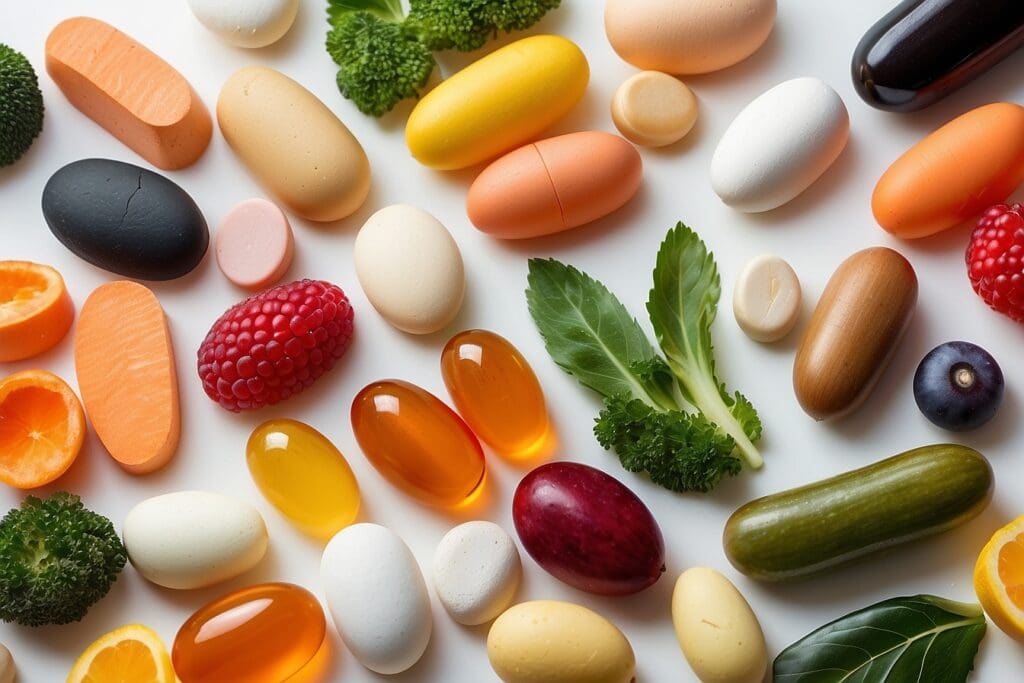
The best way to receive the vitamins you need is to pay close attention to what you eat. Whole foods are the best way to absorb vitamins because your body often cannot absorb an isolated nutrient—different nutrients and minerals in food work together to be able to be absorbed properly by your body. For example, calcium supplements are a popular choice for many people. However, your body actually cannot absorb the mineral calcium all on its own. In order for calcium to be absorbed, it has to be absorbed with specific other vitamins, known as its cofactors. Calcium’s cofactors are vitamin K2, vitamin D, and magnesium. Vitamin K2 is especially important because it transports the calcium into the bones. Since vitamin K2 is fat-soluble, it needs fatty acids in order to be absorbed. Some foods containing calcium and vitamin K2 include: grass-fed dairy products; leafy greens served with eggs, butter, or ghee; molasses; canned seafood; black eyed peas; and white beans.8 In a similar vein of the power of whole foods, 100 grams of spinach contains healthy amounts of vitamin A, C, E, K, and several B vitamins, along with minerals iron and calcium.
If you are worried that you are not receiving the vitamins and minerals you need, despite a vitamin-rich diet, it can be helpful to get blood work done. Through a simple blood test, your doctor can see which vitamins you get enough of and which you are deficient in. From there, you can make an educated plan on how to increase your intake of the vitamins you’re deficient in, rather than taking a general multivitamin.9

